「body odor」についての記事まとめ
2023/10/30
院長ブログトップ > Is Botox Effective for Axillary Bromhidrosis?
Is Botox Effective for Axillary Bromhidrosis?
Axillary bromhidrosis refers to body odor resulting from sweat produced by specific sweat glands, particularly the apocrine glands. Let’s delve into the function of apocrine glands and explore Botox, a treatment option that has been gaining attention.
Difference between Eccrine and Apocrine
Glands Our bodies have two main types of sweat glands: eccrine and apocrine glands. They secrete eccrine sweat and apocrine sweat, respectively. Eccrine glands are found throughout the body and secrete sweat to regulate body temperature. Apocrine glands, on the other hand, are located in specific areas such as the armpits and groin, and become active during puberty. Both types of glands are controlled by the sympathetic nervous system, though they respond to different neurotransmitters. Eccrine glands are activated by acetylcholine, while apocrine glands respond to catecholamines.
What is Botox?
Botox is a product that primarily consists of botulinum toxin A, produced by the bacterium Clostridium botulinum. Botox works by inhibiting the release of neurotransmitters, particularly blocking the release of acetylcholine.
Understanding Catecholamines and Acetylcholine
Imagine participating in a relay race, passing a baton between teammates. When you pass the baton, you transfer momentum from your hand to your teammate’s. This act of passing the baton is analogous to how neurotransmitters work in neuronal communication. Acetylcholine, the neurotransmitter, is primarily used by neurons controlling eccrine glands. Botox disrupts this transmission, inhibiting eccrine gland activity. On the other hand, apocrine glands respond to a different neurotransmitter, catecholamines. Botox does not directly affect this transmission.
Application of Botox in Treating
Axillary Bromhidrosis Considering Botox’s mechanism of action, it is expected to suppress eccrine gland activity. Indeed, Botox is widely used for treating hyperhidrosis, with proven efficacy. However, since apocrine bromhidrosis is mainly caused by apocrine glands, which are controlled by catecholamines and not acetylcholine, Botox is not expected to have a direct inhibitory effect on these glands.
So, is Botox Ineffective for Axillary Bromhidrosis?
Apocrine sweat itself does not have an odor. The odor arises when N-acetyl-5-methyloornithine in the apocrine sweat, combined with fatty acids secreted by sebaceous glands, is broken down by resident bacteria (such as Corynebacterium) on moist skin. A moist environment encourages bacterial proliferation, intensifying the odor. By suppressing eccrine sweat with Botox, the skin’s moist environment improves, potentially reducing bacterial growth and subsequently alleviating the “axillary odor.”
Conclusion
While Botox is effective in suppressing eccrine gland activity and treating hyperhidrosis, it is not expected to have a direct effect on apocrine bromhidrosis. However, since sweating can contribute to odor, suppressing hyperhidrosis with Botox can have a beneficial effect, depending on the severity and cause of the axillary bromhidrosis. Thus, when considering Botox for axillary bromhidrosis treatment, it is crucial to consult with a specialist to ensure the selection of an appropriate treatment method.
2023/10/29
院長ブログトップ > All About Axillary Osmodrosis Surgery: Keys to Success and Risks of Recurrence
All About Axillary Osmodrosis Surgery: Keys to Success and Risks of Recurrence
Axillary osmodrosis is a concern for many people. The primary cause is associated with the apocrine sweat glands in the armpits. Surgery is highlighted as a fundamental solution to fundamentally resolve osmodrosis, but what does this procedure entail?
Factors Influencing the Success of the Surgery
The key to a successful axillary osmodrosis surgery lies in how completely the apocrine sweat glands can be removed. If any glands are left behind, there is a high chance that the osmodrosis will reoccur. Thus, this surgery demands high levels of skill and experience. In fact, there are cases among those who wish to undergo reoperation where the apocrine sweat glands were not fully removed during the initial surgery, leading to a recurrence.
Various Surgical Methods and Risks of Recurrence
There are various approaches to axillary osmodrosis surgery, including the shaving method, the QuadraCut technique, methods using ultrasonic scalpels, and the inversion excision method. It is not straightforward to say which method is the most effective. What is crucial is not the method chosen, but how meticulously the surgery is performed.
The Reality of Axillary Osmodrosis Surgery
In surgery to treat axillary osmodrosis, the skin is cut open, and the skin containing the apocrine sweat glands is peeled away from the fat layer. In this process, thoroughly removing the apocrine sweat glands is key to preventing recurrence. The shaving method is said to be highly precise, but it does not completely eliminate the risk of osmodrosis recurrence. This is because the apocrine sweat glands that should be removed can remain in the fat layer. While many doctors do not see this as a problem due to the small amount of glands remaining, to completely prevent recurrence, it is necessary to also remove the apocrine sweat glands within the fat layer.
My Shaving Method Procedure
In the surgeries I perform, I use special tools to check for any remaining apocrine sweat glands in the fat layer and remove them as necessary. This step requires a minimum wound size of 2cm. There are facilities that perform surgery with wounds less than 2cm, but it is believed that such procedures increase the risk of recurrence. The key is to thoroughly remove the “apocrine sweat glands” embedded in the fat layer without leaving any behind.
Conclusion
Axillary osmodrosis surgery demands meticulous work to minimize the risk of recurrence. I take great care in performing surgeries to ensure that my patients do not have to face the troubles of osmodrosis again. Those considering treatment for osmodrosis should carefully consider not just the surgical method, but also the skill and experience of the surgeon performing the operation.”
2023/10/28
院長ブログトップ > Does Being Muscular Mean Having a Strong Body Odor?
Does Being Muscular Mean Having a Strong Body Odor?
The Relationship Between Diet and Body Odor
The Relationship Between Diet and Body Odor It is widely known that body odor is significantly affected by one’s diet. Our bodies digest and absorb food, and in this process, substances are produced that are then expelled through sweat, leading to body odor. Certain foods can hasten this process, resulting in a unique body odor. This article focuses on the relationship between body odor and food, delving into the specifics of how different foods can affect body odor, and the mechanisms behind it.

The Mechanism of Body Odor
The main cause of body odor is the breakdown of secretions such as sebum and sweat by bacteria on the skin. This process produces a unique odor. Certain foods can expedite this process, leading to a strong body odor. Additionally, some ingredients in food can directly result in body odor after being broken down in the body.
①The Impact of Food on Body Odor
Foods such as garlic, alcohol, red meat, and spices are known to intensify body odor. These foods produce specific odorous compounds during their breakdown in the body, which are then expelled through sweat, intensifying body odor. A diet rich in these foods tends to increase body odor.
②The Relationship Between Consumption Quantity and Body Odor
Not just the type, but also the quantity of food consumed can impact body odor. Generally, consuming large quantities of specific foods can intensify body odor. Conversely, maintaining a balanced diet can help control body odor. Eating plenty of vegetables and fruits, which are rich in dietary fiber, can enhance metabolism and facilitate the expulsion of substances that cause body odor.
Foods That Intensify Body Odor
Certain foods are notorious for their ability to intensify body odor. Consuming these foods can result in a stronger bodily scent. This section explores some of the primary foods known for this effect, and explains why they have such an impact.
①Garlic and Body Odor
Garlic is infamous for causing a pungent body odor. This is due to a compound called allicin in garlic, which breaks down in the body, releasing a strong smell. The effects can last for days after consumption.
Mechanism: Allicin in garlic breaks down in the body, producing sulfides and other odorous compounds, leading to bad breath and body odor.
How to Counteract: To reduce garlic odor, consuming green tea or parsley can be effective. Cooking garlic can also decrease the amount of allicin, thereby reducing the odor.
② Alcohol and Body Odor
Consuming alcohol can lead to a stronger body odor as some of it is expelled through sweat. Fermented beverages like beer and sake are particularly known for this effect.
Mechanism: The breakdown of alcohol in the body produces acetaldehyde, a substance with a strong odor. When expelled through sweat, it contributes to body odor.
How to Counteract: Drinking plenty of water after consuming alcohol can help metabolize the alcohol faster. Reducing the amount and frequency of alcohol consumption can also mitigate body odor.
③Red Meat and Body Odor
Red meat is hard to digest and can ferment in the intestines, leading to a stronger body odor. This is especially true for muscular individuals who may consume large amounts of red meat to build muscle.
Mechanism: Red meat contains a high level of amines, which can release odorous substances like sulfides during fermentation in the intestines.
How to Counteract: Consuming digestive aids such as ginger or green tea with red meat can help maintain a healthy gut environment and reduce body odor.
④Spicy Foods and Body Odor
Spicy foods can raise body temperature and induce sweating, potentially intensifying body odor. This is particularly true for foods rich in chili peppers or spicy curries. Capsaicin, the compound that gives spicy foods their heat, also affects body odor.
Mechanism: Capsaicin in spicy foods raises body temperature and promotes sweating, leading to body odor. The strong scent of capsaicin itself can also contribute to body odor when expelled through sweat.
How to Counteract: Limiting the intake of spicy foods is a direct way to reduce their impact on body odor. On days when you eat spicy foods, drink plenty of water, and shower thoroughly to wash away sweat and expel capsaicin from your body.
Foods That Help Control Body Odor
On the other hand, there are foods that can help control body odor. By actively incorporating these foods into your diet, you can suppress body odor and live a more comfortable life. In this section, we will introduce these foods and how to incorporate them in detail.
①Green Tea and Body Odor
Catechins found in green tea have the effect of suppressing body odor. They prevent the growth of bacteria on the skin and the production of substances that cause body odor. This is particularly effective in suppressing body odor after consuming strong-smelling foods such as garlic. By incorporating green tea into your daily meals, you can naturally control body odor.
②Vegetables and Body Odor
Vegetables are rich in components that help control body odor. Green and yellow vegetables, in particular, are effective in suppressing the production of substances that cause body odor. Vegetables are also rich in dietary fiber, which helps improve the gut environment. By maintaining a balanced diet, you can naturally control body odor.
③Yogurt and Body Odor
Yogurt helps improve the gut environment, which in turn helps prevent body odor. Yogurt that contains probiotics, in particular, increases the number of good bacteria in the gut, helping to control body odor. Additionally, yogurt aids digestion, so it’s good to consume it after meals.
④The Enzyme Power of Kiwi Fruit
Actinidin, an enzyme found in kiwi fruit, helps with digestion and improves the gut environment. Consuming kiwi fruit helps smooth the elimination of waste products from the body, suppressing foul smells in the gut that can lead to body odor.
⑤Detox Effects of Citrus Fruits
The abundant vitamin C found in citrus fruits such as oranges and lemons has detox effects, helping to eliminate waste products from the body. The refreshing scent unique to citrus fruits also helps reduce body odor. By regularly consuming citrus fruits, you can emit a fresh scent from within, helping to suppress body odor.
Food and Body Odor
Q&A In this section, we answer common questions people have about the relationship between food and body odor. We provide concrete advice on what kind of diet to maintain to control body odor and how to suppress body odor after consuming certain foods.
Common Questions and Answers
Q: Is there a way to control body odor after eating garlic?
A: Drinking green tea after consuming garlic can help. The catechins in green tea can help neutralize the smell of garlic. It is also important to moderate the amount of garlic you consume.
Q: Is there a way to prevent strong body odor after drinking alcohol?
A: You can prevent intensifying body odor by limiting your alcohol intake and staying well-hydrated. It’s also good to drink plenty of water after consuming alcohol.
Q: I’m concerned about body odor; what kind of diet should I maintain?
A: To control body odor, maintain a balanced diet and actively incorporate vegetables, green tea, and yogurt. Additionally, moderating your intake of garlic, alcohol, red meat, and spices can be effective.
Summary
Through this article, we’ve gained a lot of insight into how food affects body odor. Dietary content is a crucial factor in controlling body odor, and those with a tendency to eat unbalanced diets need to be particularly careful. Those who try to compensate for a lack of vegetables with supplements should also be cautious. The most effective way to obtain necessary nutrients is through food, and eating plenty of vegetables is vital in controlling body odor. People who frequently engage in strength training, often referred to as “gym buffs,” tend to consume excessive amounts of red meat and supplements, which can lead to stronger body odor. Even if you can attract people with your appearance, strong body odor upon closer interaction can drive them away, negating all your hard work. It is crucial to maintain a balanced diet and take appropriate measures to keep your body odor pleasant.
2023/10/27
院長ブログトップ > The True Nature of Unique Odors (Body Odor)
The True Nature of Unique Odors (Body Odor)
Why does body odor occur?
We have discussed “axillary osmidrosis,” “vaginal odor ,” and “areola odor,” which are caused by apocrine sweat glands, in previous articles. However, there are various types of body odors besides axillary osmidrosis. Body odor is an inevitable phenomenon that we commonly experience in our daily lives, especially during seasons or situations where we tend to sweat more, leading to a stronger odor. The main cause of this odor is the gases, or volatile components, produced when bacteria on the skin break down sebum, old keratin (dead skin cells), and sweat components. The secretion of sweat onto the skin accelerates the growth of these bacteria, making it easier for odors to develop.
Mechanism of Body Odor Formation
①Skin Structure: The skin has two main types of glands: sebaceous glands and sweat glands. Sebaceous glands secrete sebum, while sweat glands secrete sweat. Sebum keeps the skin soft and protects it from external irritants. Sweat is mainly involved in regulating body temperature and is secreted in response to heat, stress, spicy food intake, etc.
②Skin Microorganisms: A variety of resident bacteria exist on the skin, cohabiting on its surface along with sebum and sweat. Fresh sweat and sebum are almost odorless, but over time, these bacteria act on them, leading to the production of body odor components.
③Influence of Diet: Consuming large amounts of certain foods is known to affect body odor. This is because specific components in the food are metabolized and expelled from the body through sweat and sebum.
Types and Characteristics of Sweat
Let’s delve deeper into the types of sweat glands. There are two types: eccrine glands and apocrine glands, each producing sweat with different components and resulting in different odors.
Eccrine glands are spread throughout the body, particularly concentrated in the palms of the hands and soles of the feet. The main components of eccrine sweat are water (about 99%), with the remainder being salts, amino acids, uric acid, etc. Although its primary role is in thermoregulation, it can also be produced in large quantities during times of stress. Eccrine sweat is odorless, but it can develop a smell when mixed with external dirt and bacteria, leading to the breakdown of amino acids.
Apocrine glands are located in the armpits, genital area, and around the nipples. Apocrine sweat contains water, proteins, lipids, fatty acids, cholesterol, and other substances. It is believed that the characteristic odor of apocrine sweat once served as a pheromone in animals, attracting the opposite sex for mating.
Identifying the Source of Unique Body Odors
There are various factors contributing to body odor. Here are some examples of main body parts and types of odor:
①Armpits: Due to a high concentration of apocrine glands, a distinctive odor, axillary osmidrosis, can occur. 3-Methyl-2-hexenoic acid is a main component of this odor.
②Soles of the Feet: A high concentration of eccrine glands and the tendency for dead skin cells to accumulate, coupled with the enclosed environment of shoes and socks, can lead to the production of a specific foot odor, isovaleric acid.
③Genital Area, Nipples: Similar to armpits, these areas have a high concentration of apocrine glands, possibly leading to “sousogakushu” or “chichigakushu.”
④Scalp: With well-developed sebaceous glands and a tendency for dandruff to occur, the scalp can produce a distinctive odor when mixed with aldehydes and fatty acids from the hair.
⑤Aging Odor: As we age, the composition of our sebum changes, with an increase in linoleic acid. When this acid oxidizes, it produces a unique odor, 9-nonenal.
⑥Tobacco Odor: Components of tobacco taken into the body during smoking are expelled through the skin and breath, producing a tobacco odor.
⑦Bad Breath: Gases produced when bacteria in the mouth break down leftover food and dead cells are the main cause of bad breath.
⑧Food-Related Body Odor: Consuming garlic, alcohol, red meat, and spices can result in a unique odor, as these foods are broken down and expelled through sweat glands.
Conclusion
Understanding the components of sweat, their functions, and the causes of odors in different parts of the body can aid in more effective body odor prevention. Daily care and lifestyle adjustments can lead to a more comfortable life. However, if you are still concerned about body odor, it may be beneficial to consult a medical professional.
2023/10/26
院長ブログトップ > Factors that Intensify Body Odor from Bromhidrosis and Daily Countermeasures
Factors that Intensify Body Odor from Bromhidrosis and Daily Countermeasures
There are several factors that can intensify the odor associated with bromhidrosis. Understanding these factors can help us find ways to mitigate the smell in our daily lives. Below, we will delve into the causes of intensified body odor and propose some countermeasures.
Main Factors that Intensify Bromhidrosis Odor
①Increased Sympathetic Nerve Activity As mentioned in previous blogs, the fundamental cause of bromhidrosis lies in the apocrine sweat glands. These glands are controlled by the autonomic nervous system, specifically, the sympathetic nerves. Thus, when the sympathetic nerve activity is heightened, or dominates over the parasympathetic nerves that usually balance it, more apocrine sweat is produced, intensifying the bromhidrosis odor.
②Proliferation of Resident Bacteria Substances contained in apocrine sweat, such as N-acetyl-5-methylornithine, are broken down by resident skin bacteria like Corynebacterium, creating compounds like 3-methyl-2-hexenoic acid. This compound is a major cause of the goat-like odor associated with bromhidrosis (as referred to in previous blogs). Resident bacteria proliferate under conditions of increased sebum, which can amplify bromhidrosis odor.
③Rise in Body Temperature An increase in body temperature activates both eccrine and apocrine sweat glands, leading to a stronger body odor.
④Clothing Issues Synthetic fibers, such as polyester, are known to promote the growth of microorganisms responsible for body odor. Furthermore, clothes made of synthetic fibers or garments with poor breathability can inhibit sweat evaporation, raising skin humidity and temperature. This creates a favorable environment for bacterial growth, potentially intensifying bromhidrosis odor.
Daily Countermeasures for Bromhidrosis
①Avoiding Dominance of Sympathetic Nerves Humans tend to have dominant sympathetic nerve activity under stress, fatigue, and lack of sleep. Finding ways to relax and ensuring adequate rest can prevent excessive activity of the sympathetic nerves, thereby reducing bromhidrosis odor. However, it is inevitable that body odor becomes apparent during tense moments due to the activation of sympathetic nerves. Nevertheless, promptly wiping your underarms with wet tissues can help in mitigating the intensity of the odor.
②Understanding the Times When Sebum Increases In women, the concentration of estrogen in the body decreases during premenstrual and menstrual periods, leading to an increase in sebum. Many women suffer from acne during this time, but the increased underarm sebum also creates an environment conducive for the proliferation of resident bacteria, intensifying bromhidrosis odor. Additionally, body temperature tends to rise during these periods, making the apocrine sweat glands more active. Wiping your underarms frequently during these times can help in controlling the odor.
③Choosing the Right Clothing Synthetic fibers, such as polyester, have a different surface structure compared to natural fibers, making them less absorbent of sweat and sebum. On the other hand, cotton (100% Cotton) is a natural fiber with high absorbency, quickly soaking up sweat and allowing it to evaporate, thus reducing odor accumulation. Wool, another natural fiber, is particularly known for its odor-resistant properties, especially merino wool. Bamboo also has antibacterial and absorbent properties, contributing to odor control. Choosing clothing made of natural fibers or those with antibacterial properties is crucial in managing bromhidrosis odor.
Conclusion
Understanding the causes of bromhidrosis odor and implementing appropriate daily countermeasures can significantly reduce this unpleasant smell. However, if these measures are insufficient, medical treatments such as Botox, miraDry, or surgery are available, and seeking professional medical advice is recommended.
2023/10/25
院長ブログトップ > JK is the reason for the B.O.
JK is the reason for the B.O.
JK is a bacteria, formally known as Corynebacterium jeikeium. This skin-resident bacterium plays a major role in producing the distinctive odor associated with body odor, commonly referred to as “BO.”
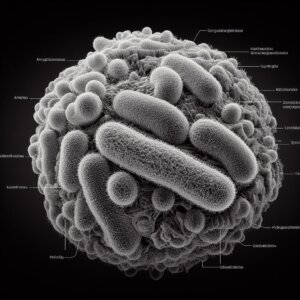
Mechanism of Body Odor
So why does body odor, medically referred to as bromhidrosis, produce such a unique smell? Let’s delve into the mechanism behind it.
①When the sympathetic nervous system is stimulated, and sweat is secreted, it includes sweat from the apocrine sweat glands located in areas like the armpits. There are two types of sweat glands in the human body: the apocrine sweat glands mentioned before, and the eccrine sweat glands, which are spread throughout the skin and primarily help to regulate body temperature. Eccrine sweat glands do not directly contribute to body odor.
②Individuals with bromhidrosis have higher levels of N-acetyl-5-methylornithine (or compounds similar to it) in their apocrine sweat.
③N-acetyl-5-methylornithine is broken down by skin bacteria such as JK bacteria, resulting in the production of 3-methyl-2-hexenoic acid (TMHA), which is a major contributor to body odor.
About 3-Methyl-2-Hexenoic Acid (TMHA)
TMHA is an unsaturated short-chain fatty acid with the chemical formula C7H12O2. The only instance in which TMHA plays a role in our lives is in creating the smell associated with goats. In other words, the smell of goats and body odor are essentially the same. Body odor is often compared to the smell of rotten cheese, but this is a misconception. The smell of rotten cheese is due to isovaleric acid, which is a different chemical substance.
Can Eliminating JK Bacteria Cure BO?
While JK bacteria, a type of skin resident bacterium, is deeply involved in body odor, it cannot be eliminated as it is a commensal bacterium. While it is possible to temporarily reduce the number of bacteria on the skin through bathing or showering, bacteria can survive deep within the skin or inside hair follicles and will start to multiply rapidly once conditions become favorable again.
Originally, All Humans Had Body Odor
The substance N-acetyl-5-methylornithine in apocrine sweat is a key factor in the development of body odor. Anthropologically speaking, a mutation from 538G to 538A in the ABCC11 gene resulted in the cessation of production of this substance. Please refer to a previous blog for more details on the genetics of body odor.
Historically, it is believed that all humans initially had the GG genotype (associated with wet earwax and body odor). However, at some point, the 538G→538A( ※)mutation occurred, giving rise to individuals with the AA genotype, associated with dry earwax and a lack of body odor. This mutation spread over time, particularly in certain regions and among East Asian populations. The exact timing and reasons behind the emergence and spread of this mutation are not fully understood, but some theories suggest that it may have been advantageous in cold climates or specific ecosystem(s.
(※)The 538G→538A notation refers to a nucleotide change at position 538 in the ABCC11 gene, where guanine (G) is replaced by adenine (A).
In Conclusion
While JK bacteria are heavily involved in body odor, they cannot be eliminated. Since genetic factors play a significant role in the development of body odor, if you are concerned about it, it is recommended that you consult a specialist, such as a dermatologist or a cosmetic surgeon.
2023/10/24
院長ブログトップ > Is Body Odor Inherited from Parents?
Is Body Odor Inherited from Parents?
Body odor, commonly referred to as B.O. or bromhidrosis or osmidrosis, is a prevalent concern. Many wonder to what extent the intensity and risk of this condition can be attributed to genetics.

Role of Genetics
A crucial gene in discussing the relationship between B.O. (osmidrosis) and genetics is ABCC11. This gene is involved in producing a specific compound, N-acetyl-5-methyloornithine, secreted by apocrine sweat glands. When certain bacteria on the skin, particularly from the Corynebacterium genus, break down this compound, they produce 3-methyl-2-hexenoic acid, the primary cause of B.O.
ABCC11 Gene Variations and B.O.
Our bodies are governed by bundles of information called genes, acting as blueprints for specific traits and characteristics. Within these blueprints, small changes or variations, known as SNPs (Single Nucleotide Polymorphisms), exist. Regarding the ABCC11 gene, specific SNPs are associated with B.O., determining whether a person has dry or wet earwax, each type correlating with varying B.O. risks:
■Dry type (AA): Low risk of B.O.
■Wet type (GG): High risk of B.O.
■Intermediate type (GA): Moderate risk of B.O.
Numerous studies have validated the relationship between earwax type and B.O. risk.
Identifying Your Type
Think of it like blood types. While there are combinations like AA, AO, BB, BO, AB, and OO in ABO blood types, focus on AA, BB, and AB for this context.
If both parents are AA, following Mendel’s laws of inheritance, the child will undoubtedly be AA. Similarly, if both parents have the GG variant in the ABCC11 gene (wet type), their child will undoubtedly be GG. On the other hand, if both parents are AA (dry type), the child will not develop B.O.
Onset and Risk of B.O.
Individuals with the GA variant are at a higher risk of B.O. (osmidrosis) compared to AA, but lower than GG. However, this does not mean someone with GA has a B.O. intensity halfway between GG and AA. GA simply indicates a state of carrying two different variations, serving as a gauge for B.O. risk. Nonetheless, the incidence rate and intensity of B.O. are influenced by not just genetic factors but also environmental conditions, diet, lifestyle habits, hormonal fluctuations, and the balance of bacteria on the skin.
Geographical Variations in B.O.
Genetic studies have shown that the AA genotype is particularly common in East Asian regions, gradually decreasing from north to south and east to west. Specifically, the frequency of dry earwax (AA) is incredibly high among Chinese and Korean populations. This suggests that the AA genotype originated in Northeast Asia and later spread worldwide, implying that Chinese and Koreans are more likely to have a lower risk of B.O. (osmidrosis) . Although Chinese people are often said to be as sensitive to smells as Japanese, this could be related to the significantly lower prevalence of B.O. among the Chinese population.
Conclusion
If both parents have B.O. (osmidrosis) , there is a 100% chance their child will inherit the condition. However, the intensity of the odor is influenced by a myriad of factors, including genetics, environment, diet, lifestyle habits, hormonal fluctuations, and the balance of skin bacteria. If you are concerned about potentially having B.O., it is recommended to consult with a specialist, such as a cosmetic surgeon or dermatologist.
osmidrosis, bromhidrosis, body odor, B.O.
カテゴリーから探す
- 目
- 鼻
- プチ整形
- その他の顔の治療
- 美肌治療
- にきび治療
- アンチエイジング・若返り
- 小顔・輪郭治療
- 豊胸・バスト
- 痩せる方法
- 院長日記
- わきが・多汗症
- タトゥー除去
- 女性の薄毛
- レーザー脱毛
- ほくろ・いぼ除去
- その他
- Articles in English
最新記事
アーカイブから探す
タグ一覧
千葉エリアで治療をご希望の方はこちら

〒273-0005
千葉県船橋市本町6-4-15
グラン大誠ビル 2F
責任者:元神賢太
最終学歴:H11年慶応義塾大学医学部卒業
勤務歴:H15年船橋中央クリニック開業
東京エリアで治療をご希望の方はこちら

〒107-0061
東京都港区北青山2-7-26
ランドワーク青山ビル7F
(旧ヒューリック外苑前ビル)
責任者:高林洋一
最終学歴:S43年慶応義塾大学医学部卒業
勤務歴:H28年青山セレスクリニック管理者











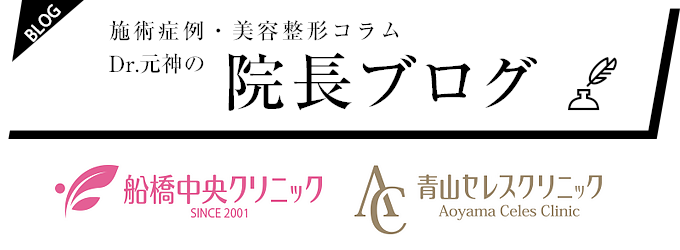



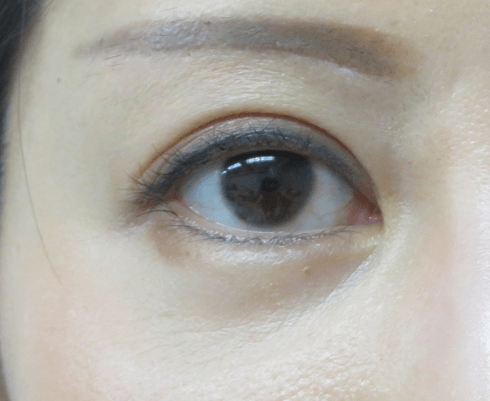

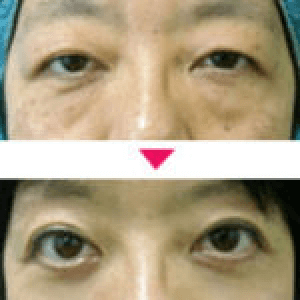
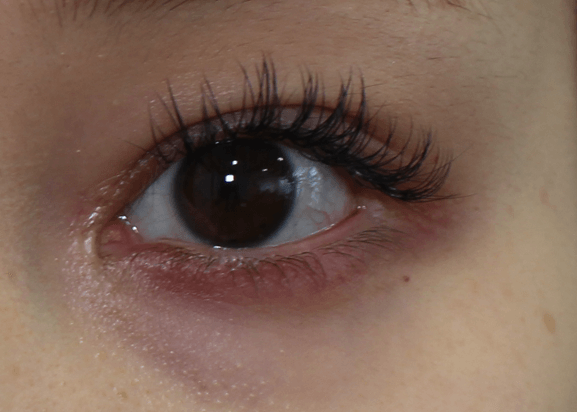
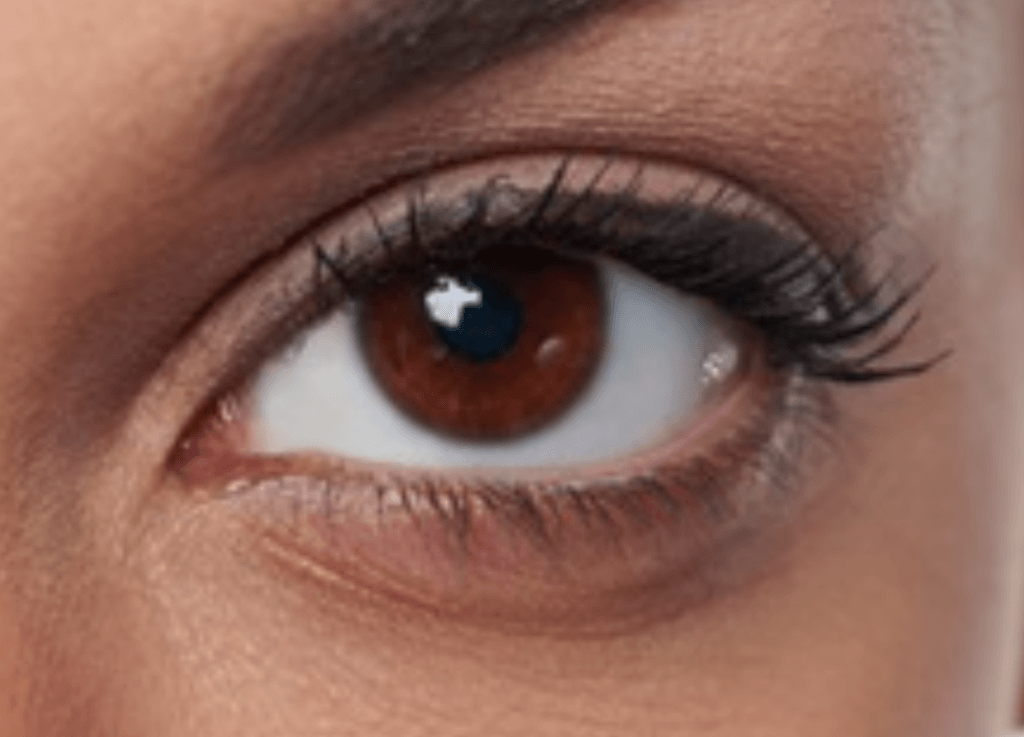
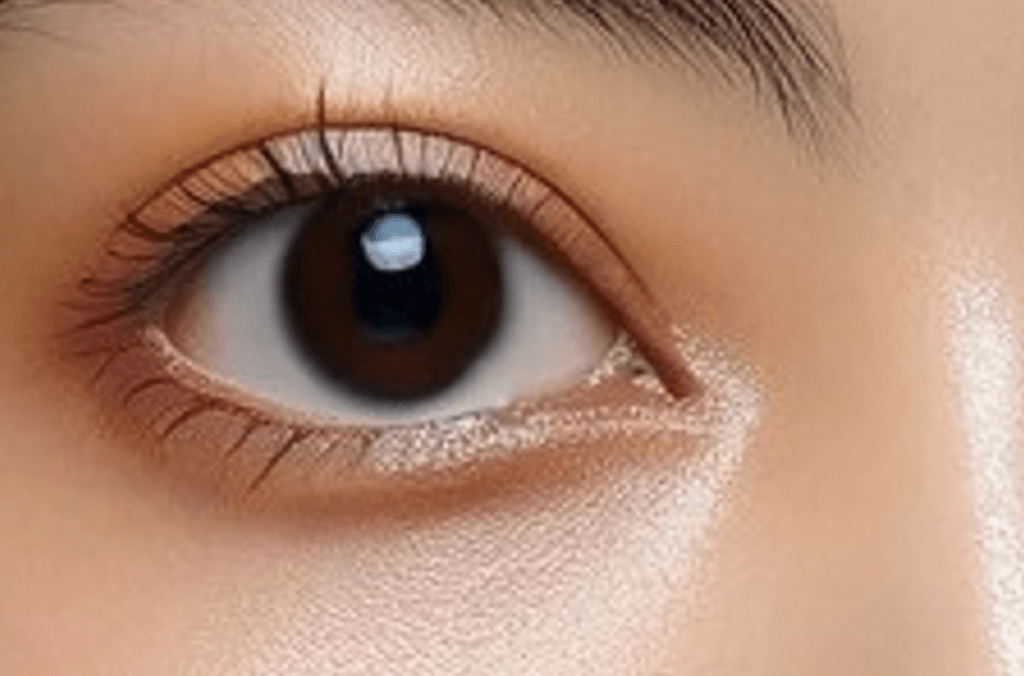
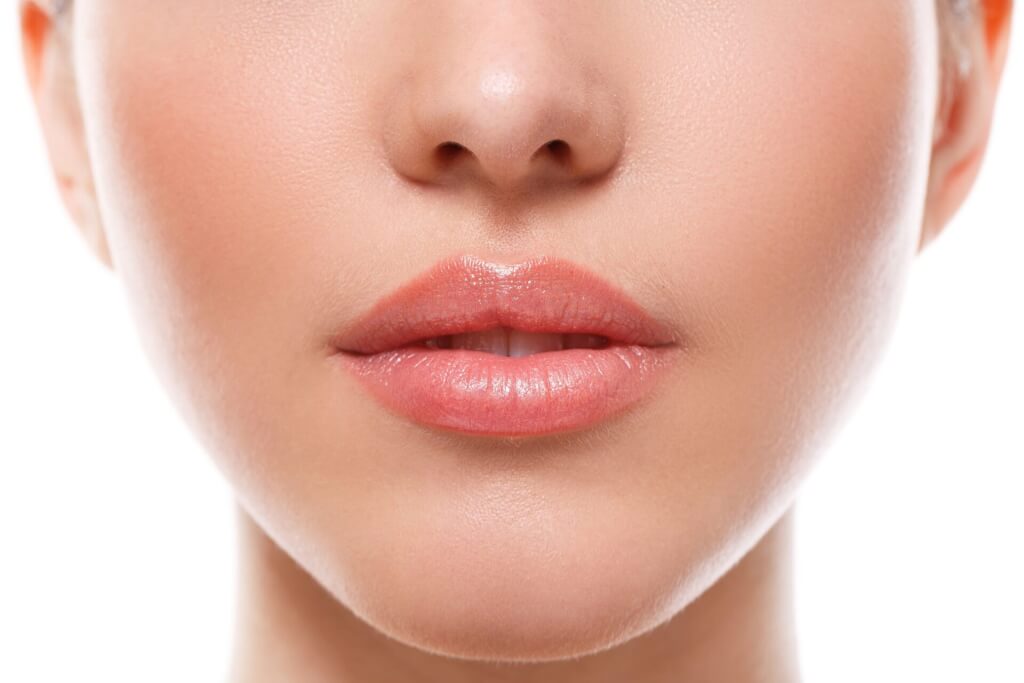




















 フリーダイヤル
フリーダイヤル
